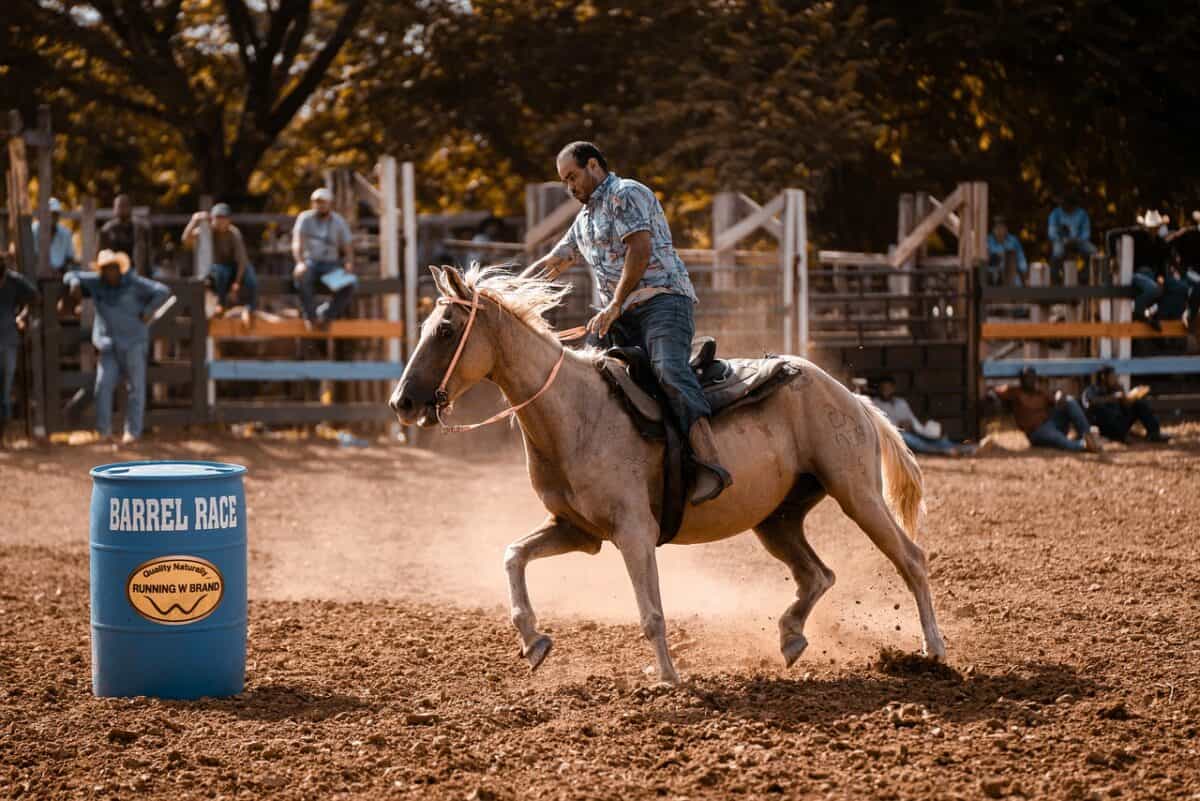The thundering hooves, the roar of the crowd, and the breathtaking display of power and speed—few sporting spectacles can match the majesty of thoroughbred horse racing. But what exactly separates the legendary champions from the thousands of racehorses that never reach the winner’s circle? Is it simply genetics, or does a complex interplay of factors create these equine superstars? To answer these questions, we’ve consulted with top equine veterinarians, successful trainers, and renowned breeding experts to uncover the science and art behind champion racehorses.
The Genetic Foundation of Champions

According to Dr. Emmeline Archer, equine geneticist at the Thoroughbred Genome Project, genetics provides the fundamental blueprint for any potential champion. “About 30-35% of a racehorse’s performance ability is determined by genetics,” she explains. “We now understand that over 50 genes influence traits like muscle fiber composition, cardiac capacity, and bone density—all critical for racing performance.” Pedigree analysis remains an essential tool in breeding programs, with certain bloodlines consistently producing exceptional performers. The legendary Northern Dancer, for example, appears in the pedigrees of more than 70% of modern stakes winners, demonstrating the powerful inheritance of athletic ability. However, experts emphasize that genetics alone cannot create a champion without the right environmental factors and training.
Physical Conformation: The Architecture of Speed

Championship-caliber racehorses typically display distinctive physical characteristics that optimize their running ability. Tom Jenkins, who has selected yearlings for Sheikh Mohammed’s Godolphin operation for over 15 years, points to several key conformational traits. “We look for proper balance, with a short back, strong coupling through the loin, and a long hip that provides leverage for powerful strides,” Jenkins notes. The ideal conformation also includes a deep heart girth for lung capacity, clean limbs with correct angles, and feet that are proportionate to body size. While these traits can be observed, their impact on performance is profound. A study published in the Equine Veterinary Journal found that horses with optimal scapular (shoulder blade) angles of 45-50 degrees demonstrated significantly more efficient stride mechanics and reduced injury risk over their racing careers.
The Cardiovascular Engine

Perhaps no physical system distinguishes elite racehorses more than their cardiovascular capacity. Dr. Mark Reveley, equine sports medicine specialist, explains: “The heart of a champion racehorse is literally larger than average, with some champions like Secretariat having hearts weighing nearly twice the normal size.” This extraordinary cardiac capacity translates directly to performance. A top racehorse’s heart can pump up to 75 liters of blood per minute during peak exertion, delivering crucial oxygen to working muscles. The cardiovascular system also demonstrates remarkable adaptability to training. Research shows that structured conditioning increases blood volume by up to 30% and red blood cell mass by 20%, enhancing oxygen transport efficiency. “When we talk about horses with heart, it’s often literally true,” adds Reveley. “Their cardiovascular capacity gives them the physiological edge to maintain speed when others fatigue.”
Respiratory Efficiency and Oxygen Utilization
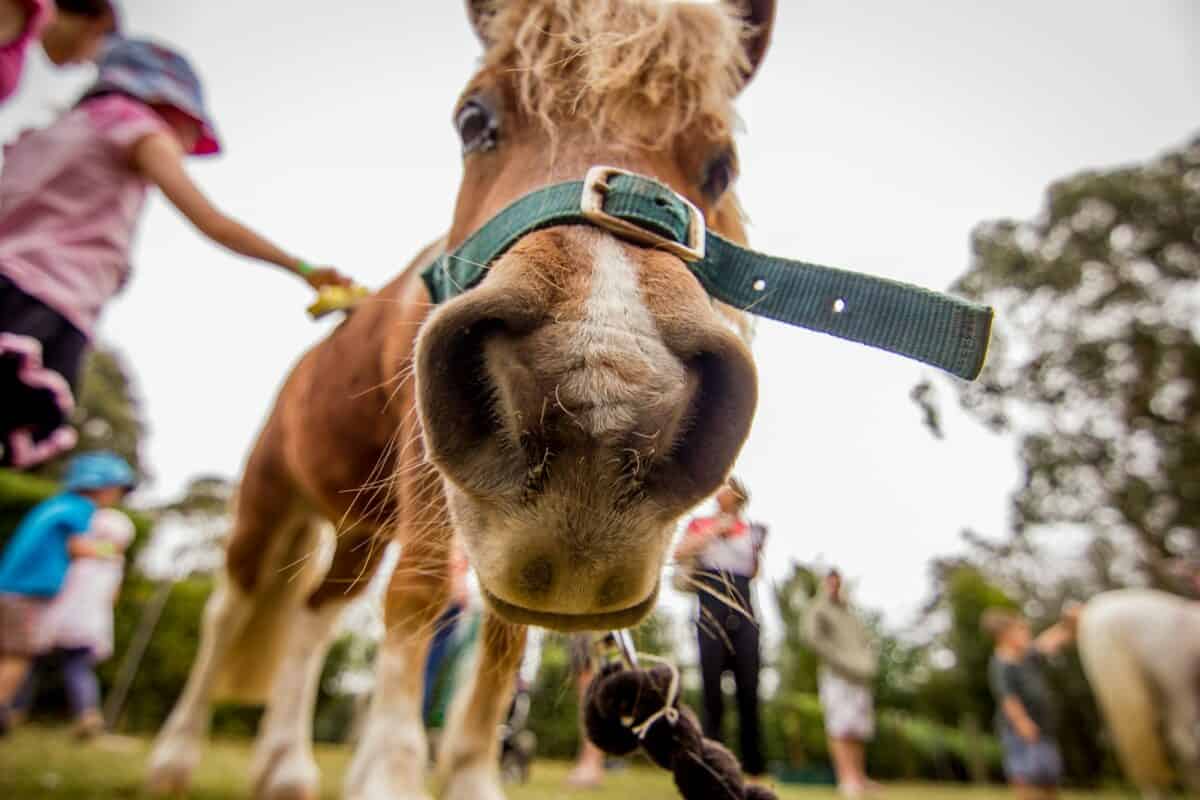
A champion racehorse’s respiratory system must match its extraordinary cardiovascular capacity. “At full gallop, a thoroughbred breathes once per stride, moving about 1,800 liters of air through its lungs every minute,” explains Dr. Sarah Connors, equine respiratory specialist. This synchronized breathing pattern, coupled with the horse’s large lung capacity, maximizes oxygen intake during intense exercise. The most successful racehorses typically demonstrate superior oxygen utilization at the cellular level as well. Their muscles contain higher concentrations of mitochondria—cellular powerhouses that convert oxygen into energy—and their tissues extract oxygen from blood more efficiently. Even small respiratory impediments can significantly impact performance. Studies show that mild inflammation in the airways can reduce performance by 5-10%, which explains why trainers and veterinarians monitor respiratory health so vigilantly. Advanced technologies like endoscopy and respiratory ultrasound now allow trainers to detect and address minor respiratory issues before they affect race performance.
Muscle Composition and Energy Systems
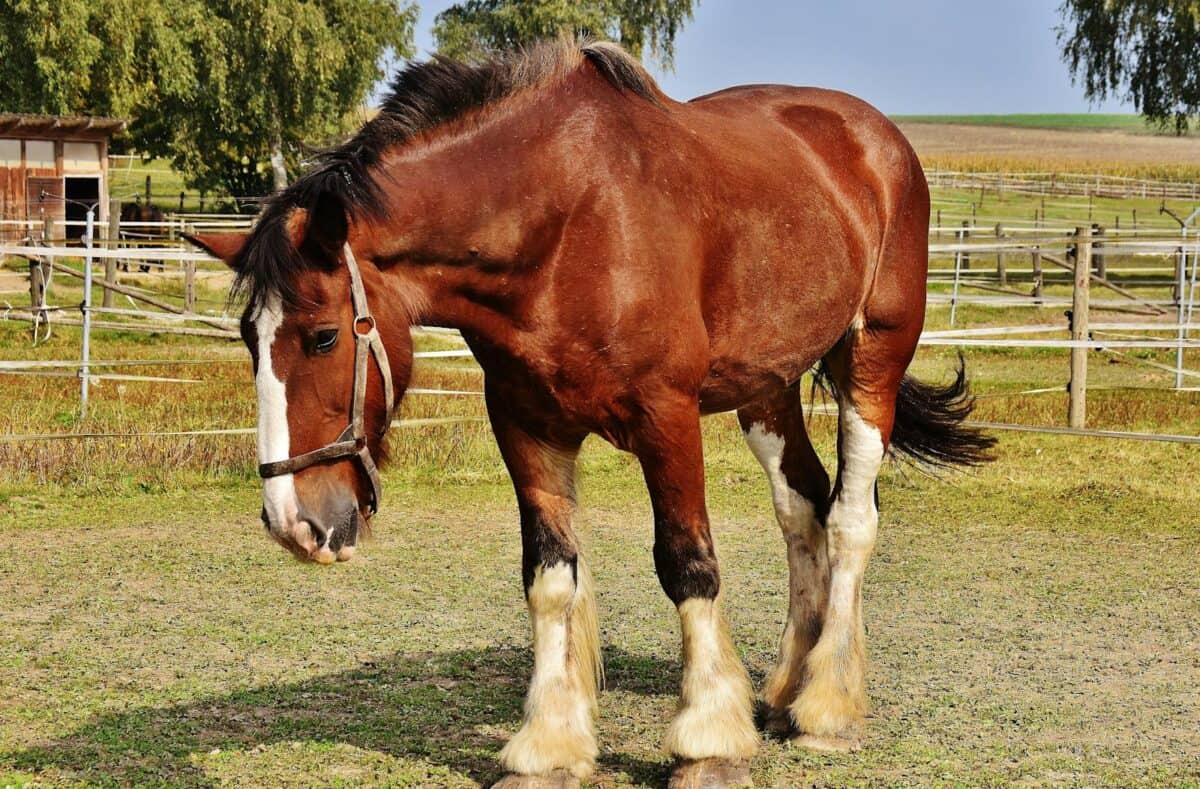
The muscular system of elite racehorses exhibits specific adaptations that enhance speed and endurance. “Champion thoroughbreds typically have a higher proportion of fast-twitch muscle fibers—up to 80-90% in key propulsion muscles compared to 60-70% in average horses,” notes Dr. James Miller, equine exercise physiologist. These fast-twitch fibers generate explosive power but fatigue more quickly than slow-twitch fibers. Training can modify muscle fiber characteristics, increasing mitochondrial density and capillary networks that support sustained energy output. Energy production systems also distinguish champions. While all horses use both aerobic and anaerobic energy pathways, elite performers demonstrate greater efficiency in utilizing both systems and transitioning between them during different race phases. Particularly important is the ability to buffer lactic acid, a byproduct of anaerobic exercise that causes muscle fatigue. Top racehorses show superior ability to manage lactic acid accumulation, maintaining speed while competitors fade in the final furlongs of a race.
The Mental Edge: Psychology of Winners
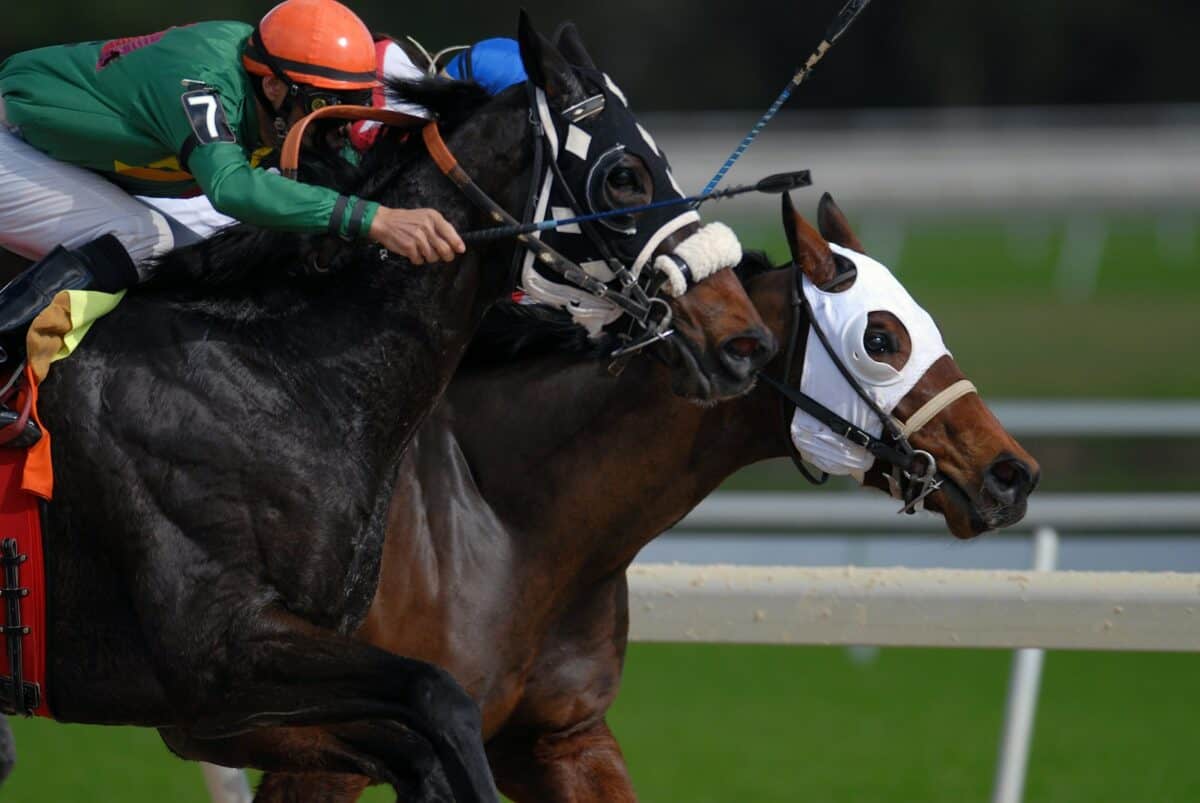
Beyond physical attributes, mental characteristics profoundly influence racing success. “I’ll take a horse with heart and determination over pure physical talent any day,” asserts Hall of Fame trainer Bob Jefferson. “The will to win can’t be measured on a stopwatch.” Trainers identify several psychological traits that correlate with championship potential: competitive drive, focus under pressure, adaptability to changing race conditions, and resilience after setbacks. These mental attributes have biological underpinnings, including variations in neurotransmitter systems affecting stress responses and focus. Some horses demonstrate remarkably composed behavior in chaotic pre-race environments, maintaining energy for performance rather than expending it on anxiety. Others show exceptional competitive instinct, accelerating when challenged by opponents. While difficult to quantify, these psychological factors often make the difference between physically similar horses. As legendary trainer Vincent O’Brien once remarked, “The great ones know they’re great.”
Early Development and Growth Patterns

A champion’s journey begins long before entering the starting gate. Research indicates that prenatal development and early life experiences significantly impact future athletic potential. Dr. Eleanor Fitzpatrick, equine developmental specialist, emphasizes the importance of the mare’s health during pregnancy: “Maternal nutrition, stress levels, and exercise all influence fetal development of systems crucial for athletic performance later in life.” The first year of life establishes foundational strength and coordination. Foals raised on large pastures with varied terrain develop better bone density and proprioception (body awareness) than those in confined spaces. Growth patterns also provide insights into racing potential. A study tracking 1,200 thoroughbreds found that steady, moderate growth with no extreme growth spurts correlated with better racing outcomes and reduced injury rates. While rapid early development might impress at yearling sales, it often leads to skeletal issues later. “Nature has its timeline,” explains breeding manager Thomas Hardy. “We want to support optimal development without rushing it.”
Training Methodologies: Building Champions
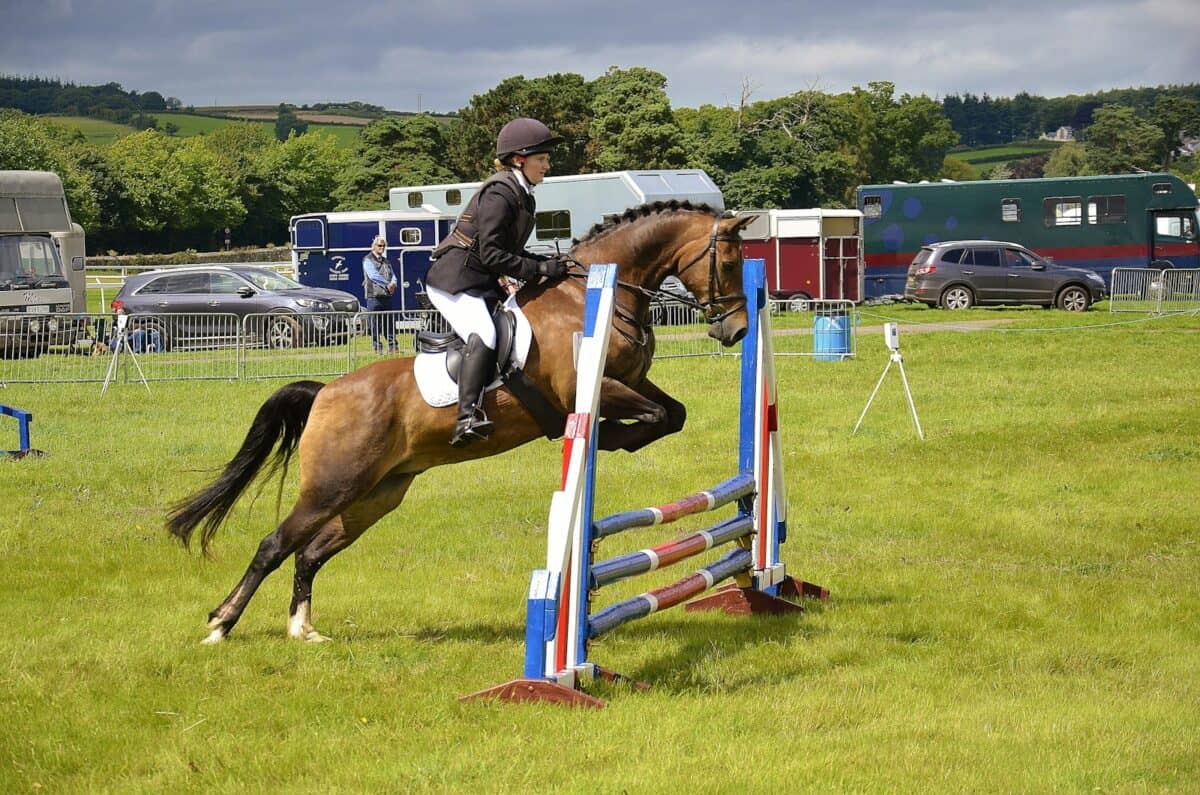
Training approaches have evolved dramatically with advances in exercise physiology and sports medicine. “The days of simply galloping horses into fitness are long gone,” states Olympic equestrian and training consultant Michelle Davies. “Today’s methods are highly individualized and scientifically informed.” Modern training programs typically incorporate interval training to develop different energy systems, hill work for strength and cardiac development, and varied surfaces to build adaptability and reduce repetitive strain. Recovery periods are strategically planned, with heart rate monitors and blood tests guiding decisions about exercise intensity and frequency. Training psychologically prepares horses for racing scenarios through gradual exposure to starting gates, crowds, and competition. Davies notes a trend toward reduced training volume but increased specificity: “We’re training smarter, not harder.” This approach has contributed to longer careers for many top performers. The integration of technologies like heart rate variability monitors, GPS tracking, and gait analysis systems allows trainers to detect subtle changes in condition and adjust programs accordingly.
Nutrition: Fueling Excellence

Elite racehorses require precisely calibrated nutrition to support their extraordinary physiological demands. “Nutrition is no longer about just meeting basic requirements—it’s about optimizing performance through individualized feeding programs,” explains Dr. Marcus Lee, equine nutritionist. The modern thoroughbred’s diet typically includes high-quality forage, specialized performance feeds with precise carbohydrate-to-fat ratios, and strategic supplementation based on individual needs and deficiencies. Feeding programs vary throughout training cycles, with increased caloric density before races and modified nutrient profiles during recovery periods. Hydration and electrolyte management have gained particular attention, with research showing that even mild dehydration can significantly impair performance. Top racing operations now conduct regular blood work to monitor nutrient status and adjust diets accordingly. Some trainers employ “carb loading” techniques before races, similar to human marathon runners, while others focus on fat-adaptation to improve energy utilization during extended exercise. “The difference between good and great can sometimes be measured in micronutrients,” adds Lee. “Every meal either contributes to or detracts from potential performance.”
Veterinary Care and Injury Prevention
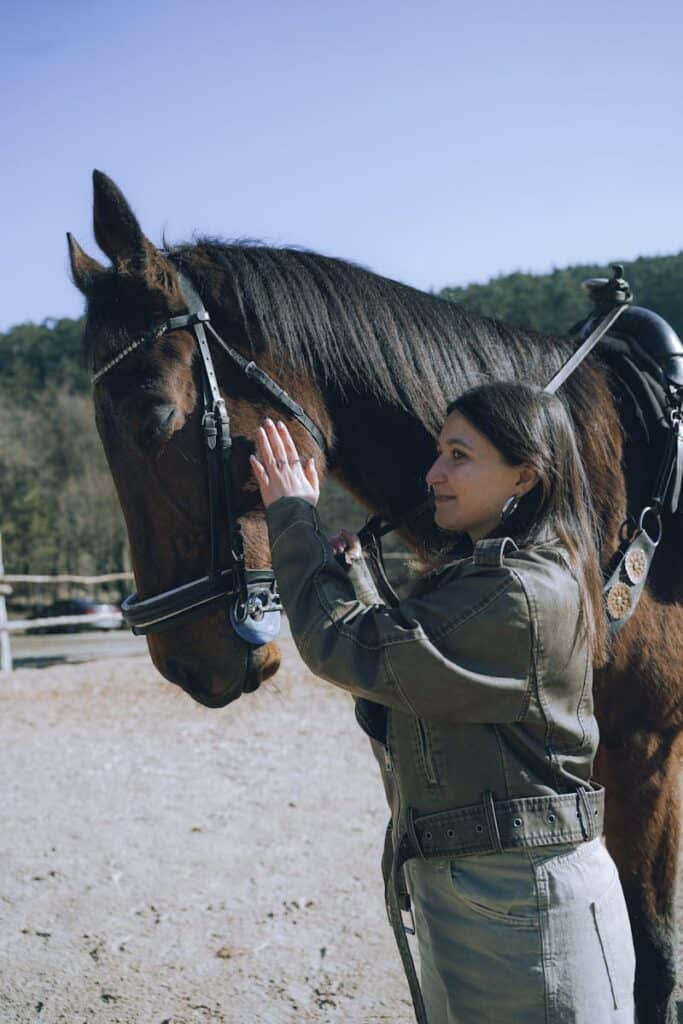
Proactive health management distinguishes champion-producing operations. “We’ve shifted from treating problems to preventing them,” says Dr. Victoria Sanderson, veterinarian for multiple Kentucky Derby winners. This preventative approach includes regular biomechanical assessments, imaging to detect micro-injuries before they become serious, and maintenance therapies like chiropractic adjustment and physiotherapy. Advanced diagnostic technologies allow earlier intervention than ever before. Digital thermography can identify inflammation 48-72 hours before clinical signs appear, while standing MRI machines detect bone stress reactions before they develop into fractures. Recovery technologies have similarly advanced. Hyperbaric oxygen therapy, therapeutic ultrasound, and pulsed electromagnetic field therapy accelerate healing and reduce downtime after injuries or intense exercise. Perhaps most significant is the integration of data tracking in veterinary protocols. “We monitor everything from stride length to blood parameters, creating baselines that help us detect subtle changes before they affect performance,” Sanderson explains. This comprehensive approach not only improves success rates but also extends racing careers by preventing the cumulative damage that historically shortened athletic longevity.
Race Strategy and Jockey Partnership

Even the most talented racehorse needs appropriate race strategy and skilled handling to reach championship status. Hall of Fame jockey Michael Torres, who has ridden three Kentucky Derby winners, describes the crucial partnership: “Great racehorses have unique running styles and personalities. Understanding when to ask for effort and how to position them can make all the difference.” Some horses perform best when leading from the start, while others excel with a stalking position or a late closing rush. Strategic race selection also impacts a horse’s record and development. Trainers carefully choose races that match distance preferences, track conditions, and competition levels to build confidence and experience. The jockey-horse relationship often develops over time, with regular riders learning the subtle cues and preferences of their mounts. “My best horses communicated with me,” Torres reflects. “They’d tell me when they were ready to move or when they needed a moment to regroup.” This communication creates the seamless partnerships visible in major races, where horse and rider function as a single unit, making split-second tactical decisions at 40 miles per hour.
The Evolution of Champions Through History
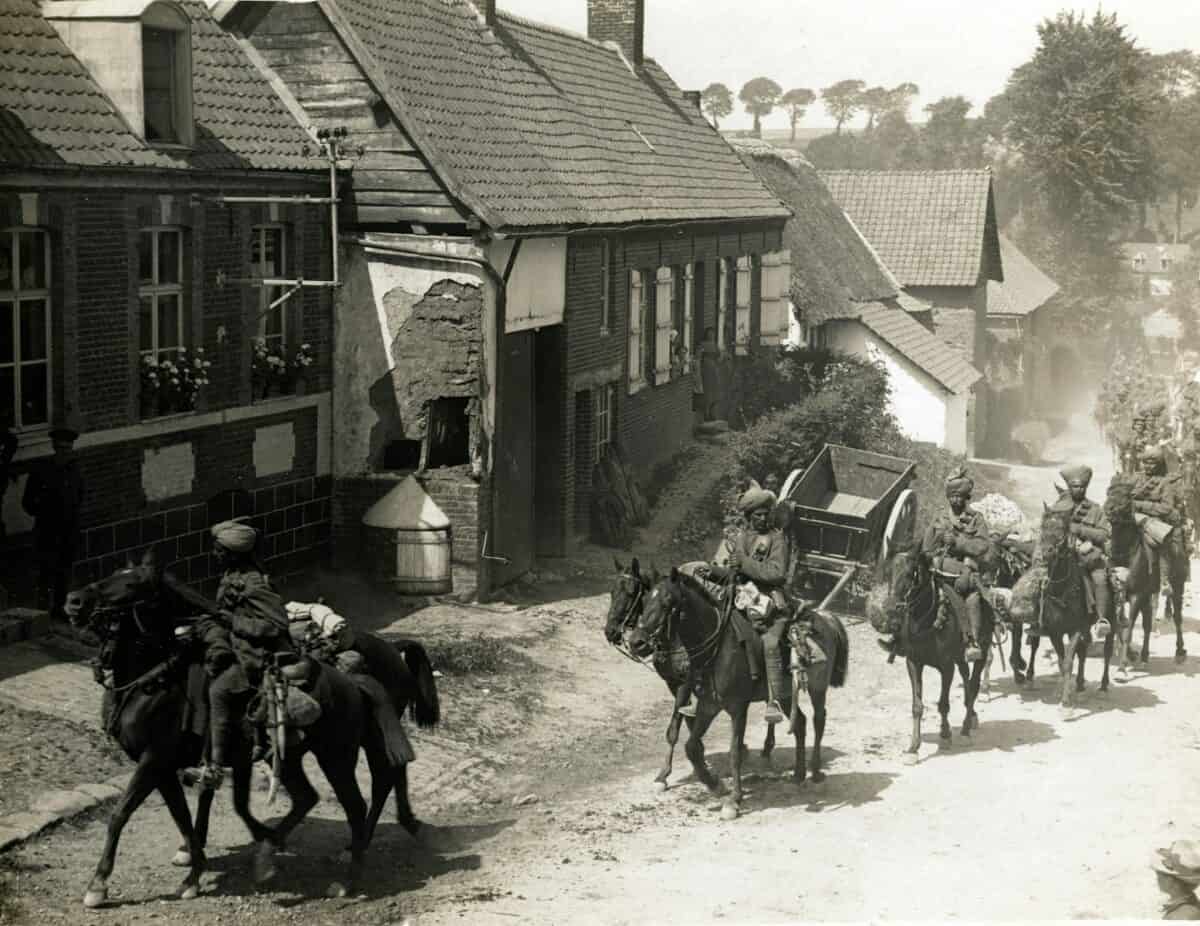
The concept of the “champion racehorse” has evolved significantly over racing’s long history. Dr. Richard Harrington, equine sports historian, traces this evolution: “Early champions like Eclipse in the 18th century were valued for versatility and durability, often racing multiple times in a week at various distances.” The 20th century saw increasing specialization, with distinct types emerging for sprints versus routes. Physical characteristics have also changed—today’s thoroughbreds stand taller and leaner than their ancestors, with more pronounced muscling and longer stride lengths. Training methods have transformed from the brutal conditioning regimens of the 1800s to today’s scientifically-optimized programs. The average career of champions has shortened, though this trend may be reversing with improved health management. Perhaps most dramatically, breeding practices have evolved from small local operations to global, technology-driven enterprises. DNA testing now supplements traditional pedigree analysis, and artificial reproductive technologies enable broader genetic selection. Despite these changes, Harrington notes some constants: “The fundamental qualities of courage, intelligence, and competitive drive remain as essential to champions today as they were centuries ago.”
The Intangible X-Factor in Racing Legends

Despite all our scientific understanding, an elusive quality—often called the “X-factor”—seems to separate the truly legendary horses from merely excellent performers. “You can measure heart size, analyze stride length, and track oxygen utilization, but some champions simply defy those metrics,” observes Charlie Williams, who has trained two Triple Crown contenders. This indefinable quality often manifests in moments of extraordinary determination—like Secretariat’s 31-length Belmont Stakes victory or Seabiscuit’s comeback from career-threatening injury. Some attribute this X-factor to rare genetic combinations, others to formative experiences or psychological characteristics. Perhaps most compelling is the theory that exceptional horses possess unique neurological processing that enhances their perception and decision-making during races. They may literally see and interpret their environment differently than average performers. While science continues to unravel the physiological basis of championship performance, many racing professionals maintain that an element of mystery remains. “The greatest champions have something that transcends our measurement tools,” Williams concludes. “They have a presence you feel when you’re around them—a kind of equine genius that we can recognize but not fully explain.”
The making of a champion racehorse emerges as a remarkable symphony of factors, where genetic potential meets environmental opportunity and human expertise. While science has illuminated many physiological and psychological components of championship performance, the perfect alignment of these elements remains exceedingly rare—explaining why only a tiny fraction of thoroughbreds reach the highest levels of achievement. The journey from foal to champion represents one of sports’ most challenging developmental paths, requiring years of patient investment and careful management. As our understanding of equine performance continues to advance through technologies like genomic selection and AI-assisted training, we may see more consistent production of elite performers. Yet the essence of championship racing—the heart-stopping moments when horses demonstrate extraordinary courage and brilliant athletic ability—will likely retain an element of wonder that transcends scientific explanation, continuing to captivate racing enthusiasts for generations to come.
- What Makes a Champion Racehorse? Experts Explain - August 16, 2025
- The Wild Mustangs of Nevada Are a Living Piece of American History - August 16, 2025
- Why Flamingos Stand on One Leg - August 16, 2025

